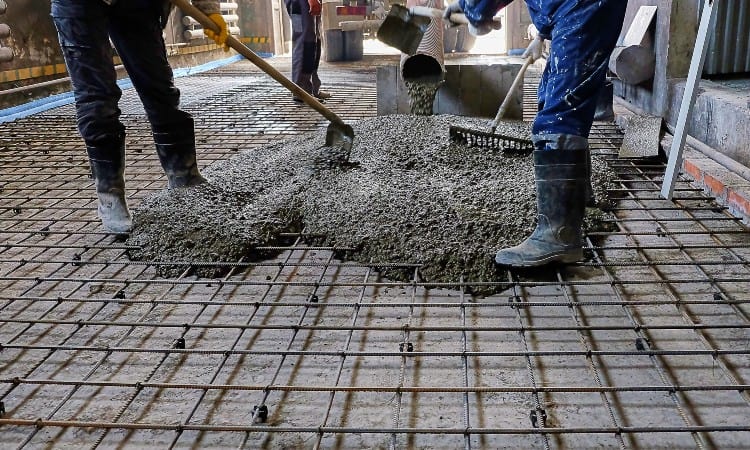
Concrete slabs are formed when wet cement is poured into a form and allowed to set, after which time its contents can be extracted to reveal an impressive concrete surface.
DIY concrete slab projects can be straightforward for any DIYer. Careful planning and triple-checking your work are necessary, while hot and windy conditions will speed up the hardening process.
Cost
Concrete slabs Melbourne are an increasingly popular foundation choice for homes, sheds and upper floors. Their low maintenance needs make them attractive compared to other foundations as they don’t rot, attract insects or require regular inspections. Furthermore, due to their thermal mass capabilities they help regulate indoor temperatures more effectively thereby cutting energy costs significantly.
However, the cost of a concrete slab depends on its size and design. A monolithic concrete slab must be poured all at once; hence it will be more expensive than precast options. Furthermore, additional costs may apply for base material to help secure its foundation beneath it all.
Quality of the concrete mix used is another factor affecting its cost, with concrete specialists often employing special additives to reduce moisture content and ensure a successful cure, and may add reinforcement bars for extra strength. You should consult a specialist to select the optimal mix for your project.
Durability
Concrete slabs are long-term structural elements. When designed and poured correctly, they can support an enormous amount of weight; for instance, a 4-inch thick slab can bear as much as 4,000 pounds per square foot!
Strength of a concrete slab depends on many variables, including its mix, size, soil conditions and climate conditions. When exposed to extreme weather, concrete may crack more readily than expected and must be protected accordingly for it to retain its integrity.
Steel reinforcing bars and welded wire reinforcement should be placed 2 inches below the surface of concrete in order to prevent corrosion, but cannot prevent cracking; rather, this depends on spacing of contraction joints and shrinkage within concrete.
To increase the durability of a concrete slab, it is best to avoid high-slump concrete when placing it by hand, as this can result in improper compaction and poor finishability. Anchor bolts of 1/2 inches should also be utilized; one foot from corners and six feet apart around its perimeter would work effectively.
Energy Efficiency
Concrete slabs can be an energy efficient choice for new homes and renovations, particularly when they’re insulated under their floors. Insulating decouples them from the earth and reduces their tendency to gain or lose heat according to soil temperatures, significantly cutting heating and cooling bills in southern Australia.
Concrete has a relatively high embodied energy, though this can be mitigated through thoughtful design. There are alternative forms of concrete with reduced embodied energy available such as hempcrete which uses industrial hemp fibres bound together by lime-based binder to sequester carbon dioxide throughout its lifetime in buildings.
When pouring a concrete slab, it is vital to take your time ensuring the forms are square and level, and no voids exist in the concrete mix. If constructing a large slab, consider splitting up your fill time over multiple days so as to minimise how much concrete needs to be troweled down all at once.
Climate
Concrete slabs leave an enormous carbon footprint, but there are ways to mitigate its effect. Reusing recycled aggregate, building in warmer climates, and forgoing foundation excavation all help mitigate their effect. Furthermore, building or buying a home on a flat slab could save money as well as protect the ground during freezing and thawing cycles.
This study explored the effects of different steel reinforcement types and concrete compressive strength on GHG emissions. Results demonstrated that slabs using lower compression ratio and higher strength concrete reinforcement ratio had lower GHG emissions.
Environmentally speaking, the studied concrete mixtures have been evaluated using normalized and weighted environmental indicators. Their results reveal that replacing natural sand with fine recycled aggregate has an insignificant impact on mechanical properties while simultaneously having a beneficial environmental impact.